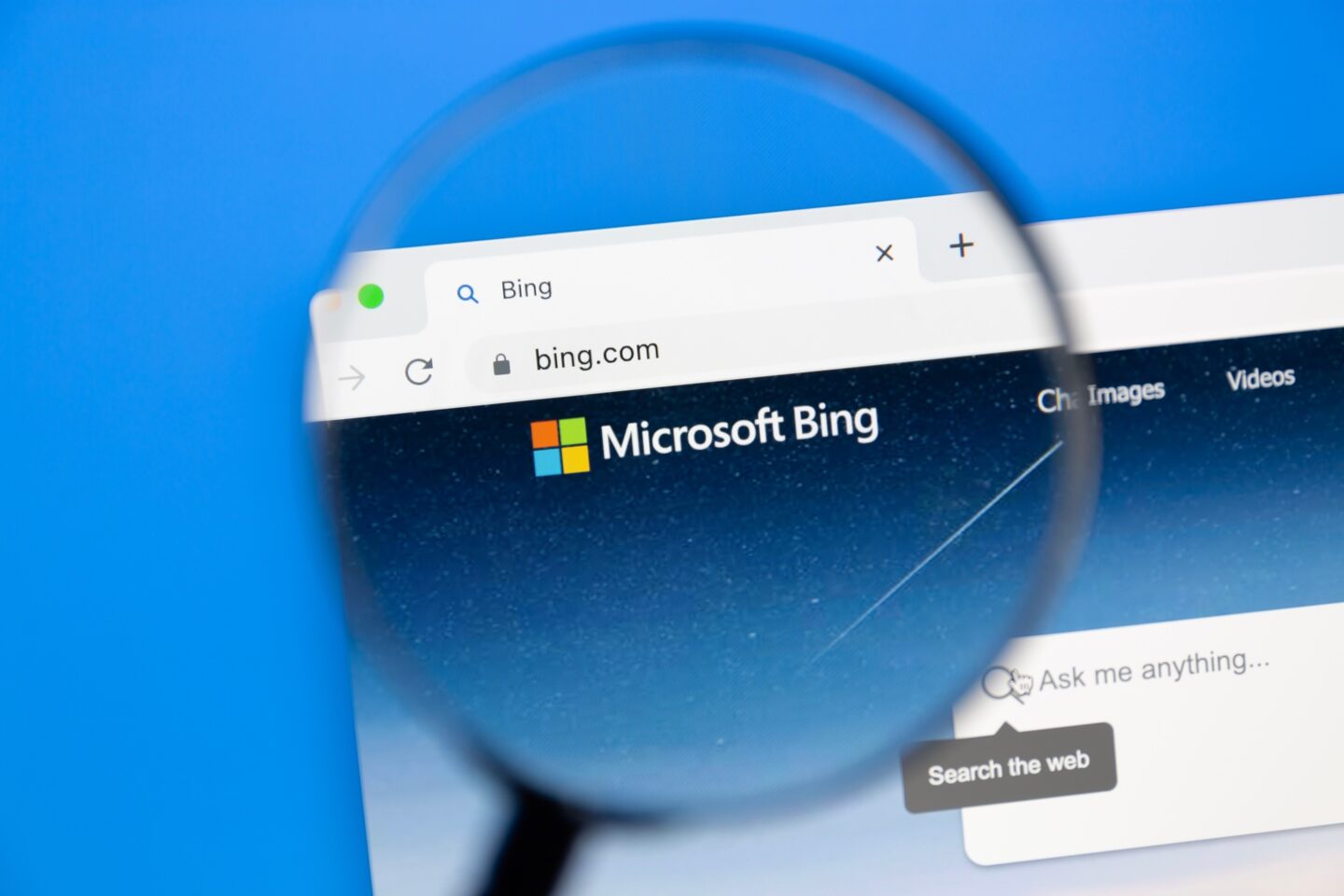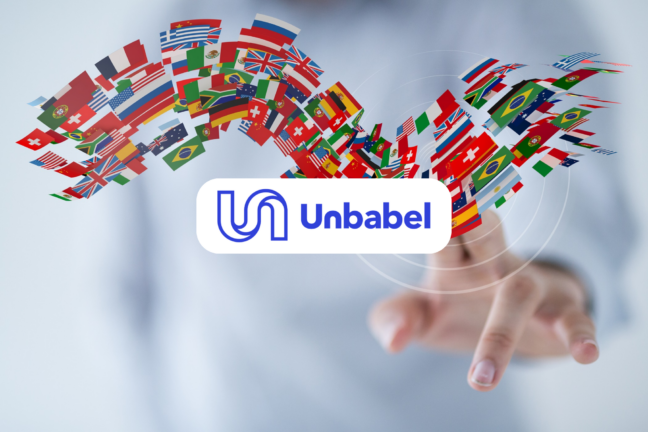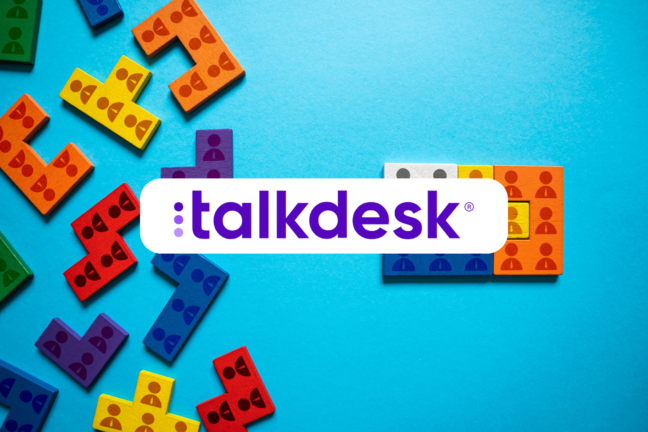Microsoft has announced that its AI-powered search engine Bing, released in a limited preview earlier this year, is now available to everyone, and it includes new enhancements.
“Today I’m thrilled to share we are moving to the next generation of AI-powered Bing and Edge to transform the largest category of software in the world — search — by greatly expanding the vision and capabilities we think of as Your Copilot for the Web,” said Yusuf Mehdi, Corporate VP and Consumer CMO, Microsoft.
Because of the engagement, feedback, and customer adoption, the new Bing is now in Open Preview and no longer has a waitlist, enabling all customers to leverage new Bing and Edge simply by signing in to their Microsoft accounts.
What are the new enhancements?
More visual search options
Research shows that humans process visual information much faster than text, meaning that visual tools can enhance the way people search for, create, and understand information. Bing already offers successful visual search features such as Knowledge Cards, and now, it is expanding these features to include chat. By incorporating more visual elements like charts and graphs and updating the format of answers, Bing aims to provide users with easier and more efficient ways to find the information they need.
Bing has integrated Bing Image Creator into its new chat experience, allowing users to generate written and visual content in one place. This unique feature makes Bing one of the only search experiences to offer this capability within a chat platform.
Moreover, Bing has announced that it is expanding Image Creator to more than 100 languages, meaning that users can create images in their native language, regardless of the language they use to search.
Microsoft is embarking on a journey to revamp its Edge browser, which is where one in every four Bing chats begins. As part of this revamp, Microsoft plans to introduce a sleeker and more modern user interface with features such as rounded corners, organized containers, and semi-transparent visual elements.
In addition, Microsoft is expanding the possibilities of multi-modal capabilities, which include adding a new feature for visual search in chat. Users will be able to upload images and search the web for related content, thereby enhancing their search experience.
More productive search
Based on user feedback, Bing has incorporated two highly requested features into its chat service. Users can now access their chat history, allowing them to pick up where they left off and return to previous chats. Additionally, when users open a Bing chat result, their chat will move to the Edge sidebar, enabling them to keep their chat on hand while they browse. Bing is also exploring ways to personalize chats by bringing context from previous conversations into new ones.
Besides these features, Bing is also introducing export and share functionalities into chat. Users can now export their conversations in the same format, making it easy to share on social media or continue collaborating with tools like Microsoft Word.
Microsoft Edge is set to receive a series of new features that will enhance the user experience. One such feature is improved summarization capabilities, which will enable users to consume dense online content easily, including PDFs and longer-form websites.
Another new feature is Edge actions, which leverages AI to complete tasks with fewer steps. For instance, if a user wants to watch a particular movie, Edge actions will find and display options in the chat sidebar and play the desired movie from the available sources.
The Edge mobile version will also include page context, allowing users to ask questions related to the mobile page they are viewing. Lastly, the compose feature in the sidebar has been updated to tailor drafts based on feedback such as tone, length, and phrasing.
These enhancements build upon Microsoft 365 Copilot, which Microsoft recently unveiled, bringing advanced AI capabilities to its suite of workplace productivity tools.










